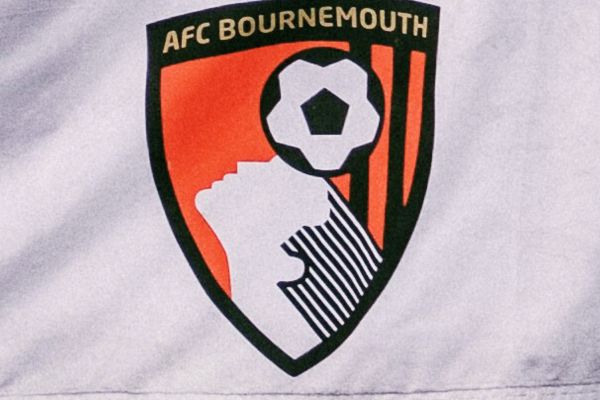It’s the early 1970s in Bournemouth. The sun’s out, the pitch is quiet, and a handful of people are gathered with a camera and a football. Among them is Dickie Dowsett, former striker and club legend. On cue, Dickie launches himself into the air and connects his head with the ball, mid-flight. Click click click—the camera shutters snap away. He lands, a thumbs-up is given, and someone shouts, “That’ll do, that’s a wrap.”
Little did they know, that very photo would go on to inspire one of the most distinctive football badges in the game.
From Fossils to Forward-Thinking
Before Bournemouth became the club we know today, it was officially called Bournemouth & Boscombe Athletic. The team had been around since 1899, but by the early 1970s, the club was ready for a facelift—name, kit, identity, the lot.
So in 1971, the club rebranded as AFC Bournemouth. They swapped their traditional red-and-white kit for red and black vertical stripes, taking inspiration from Italian giants AC Milan. The idea? Make the Cherries bolder, modern, and unmistakable.
The Badge with a Header
Now let’s talk badge.
As part of the rebrand, Bournemouth needed a fresh emblem to match the new look. What they landed on was a stylised image of a footballer heading a ball—sleek, dynamic, modern.
Though never officially confirmed at the time, it’s widely accepted that the figure was based on Dowsett, who played for the club from 1957 to 1962 and was beloved for his energy and goal-scoring flair. In interviews, Dowsett himself confirmed that the image was posed—taken during a shoot at Dean Court, not snapped during a match.
So yes, that iconic player on the badge? He wasn’t mid-game. He was mid-photoshoot.
The Legacy of the “Dowsett Badge”

The badge rolled out in 1974, and fans quickly embraced it. It became a central part of the club’s identity for nearly four decades, seen during promotions, struggles, and everything in between.
In 2013, Bournemouth updated the badge to the more modern crest we know today. But for many fans, the Dowsett silhouette will always be a symbol of the club’s heart, history, and ambition.
Few football clubs feature a human figure on their badge, let alone one based on a real player. In this way, Bournemouth were ahead of their time—tying their visual identity to a real legend and celebrating what made the club special.
Dickie Dowsett passed away in 2020 at the age of 88, but his influence lives on every time a fan looks back at that iconic emblem.
Want More Badge Stories?
If you enjoyed this, check out some of our other stories on how club badges came to be:
